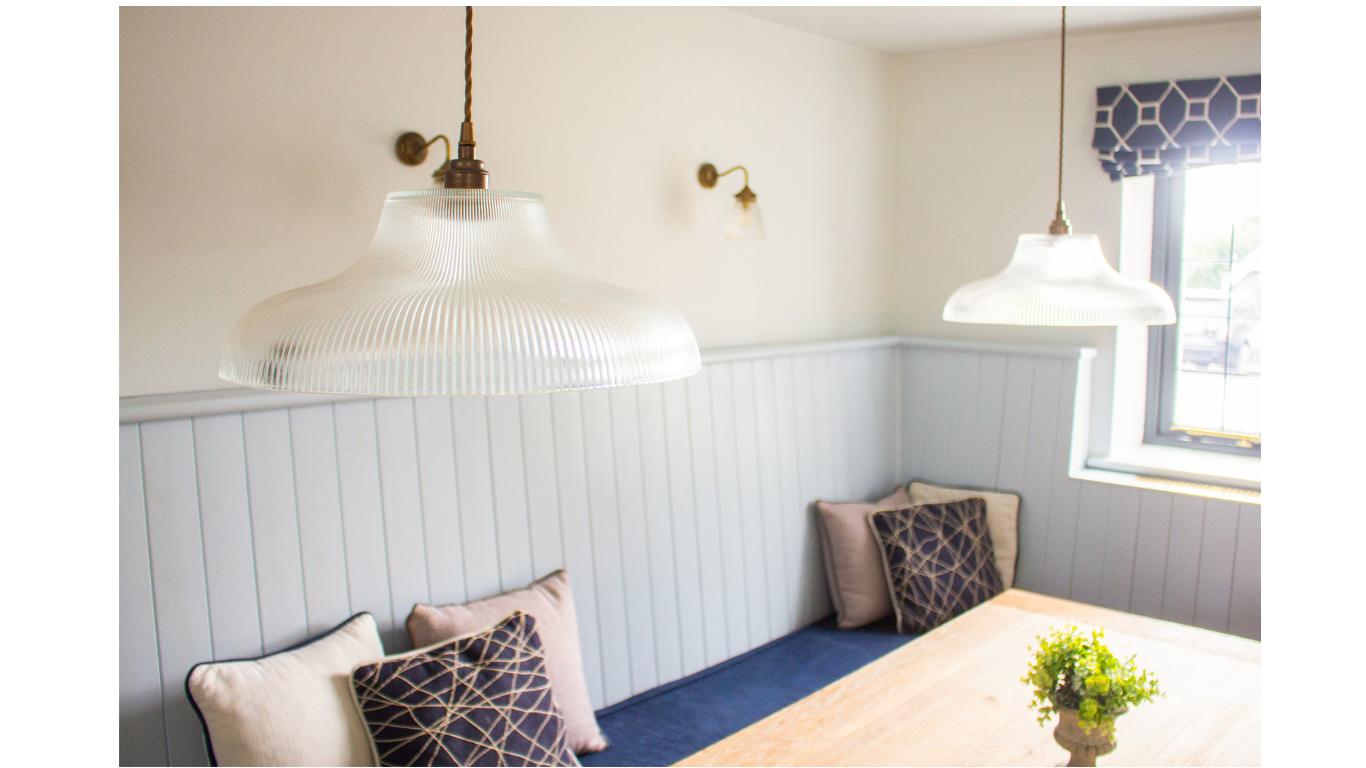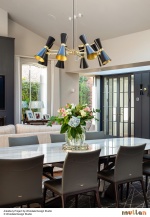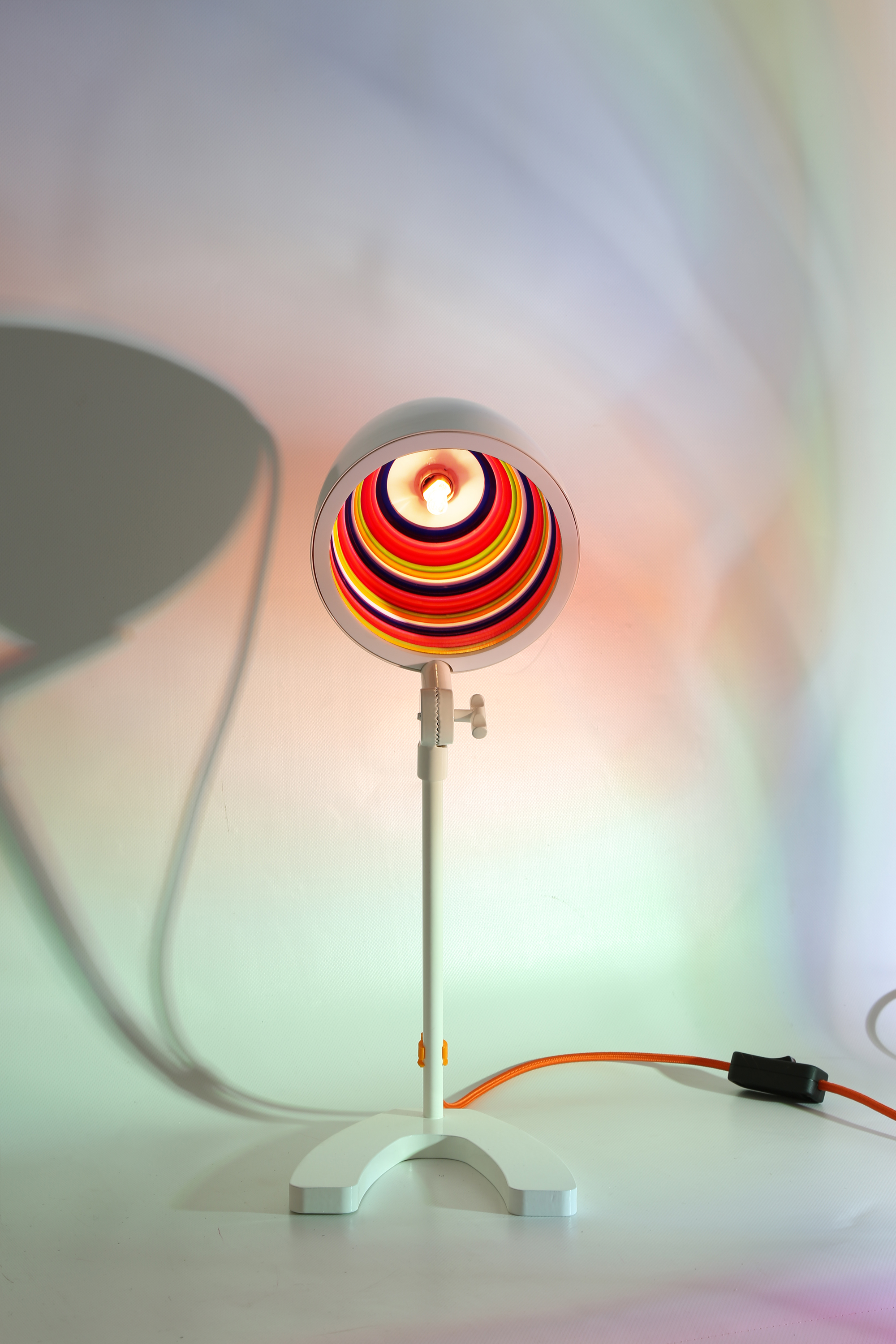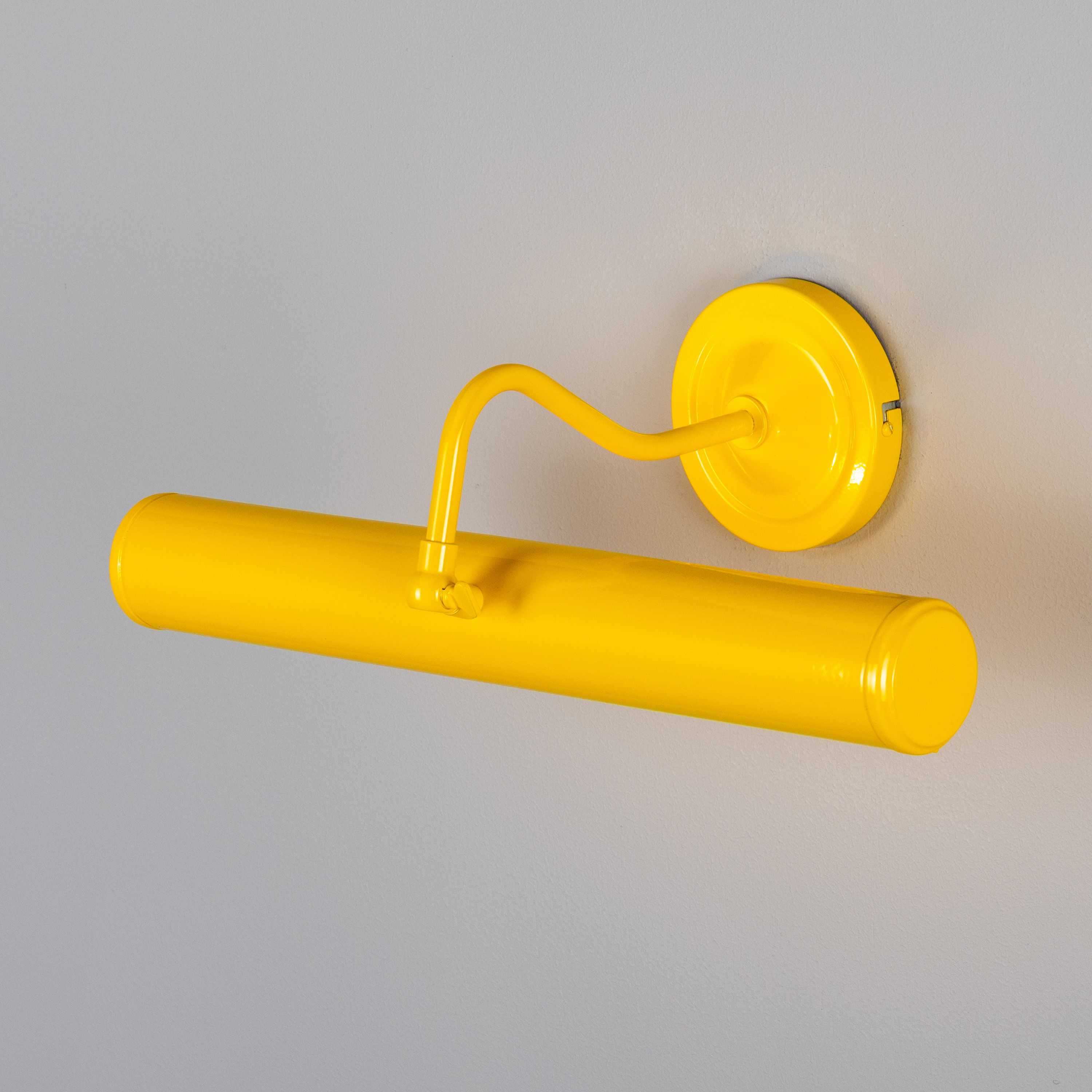How to Make Light Work in Your Home

How to Make Light Work in Your Home
Lighting plays a crucial role in creating the ambiance and functionality of a space. Whether it's natural light or artificial light, understanding how to make light work in your home can significantly enhance the overall atmosphere and make your space more inviting. In this blog post, we will explore some key considerations and tips for effectively utilizing light in your home.
Consider the Orientation and Natural Light
The orientation of a room and the natural light it receives are important factors to consider when planning your lighting strategy. Different directions of windows offer varying qualities of light:
-
North facing windows tend to provide cold and stark light.
-
South facing windows offer warm and bright light throughout the day.
-
East facing windows provide bright morning light but minimal sunlight during the day.
-
West facing windows offer bright afternoon and evening light.
Understanding the direction and intensity of natural light in each room will help you determine the appropriate lighting requirements.
Assess the Purpose and Usage of the Room
To make light work in your home, it's essential to consider the purpose and usage of each room. Ask yourself questions such as:
-
What activities take place in the room?
-
At what time of day is the room most frequently used?
-
Do you need bright light for tasks or a more subdued atmosphere for relaxation?
By understanding the specific needs of each room, you can tailor the lighting to create the desired ambiance and functionality.
Evaluate the Room Size and Surfaces
The size of a room and its surfaces also impact how light interacts within the space. Consider the walls, carpets, ceilings, and floors as they can absorb and reflect light differently. Light-colored surfaces tend to reflect more light, making the room feel brighter and more spacious. On the other hand, darker surfaces absorb more light, creating a cozy and intimate atmosphere.
Take note of the surfaces within the room and choose lighting fixtures that will complement and enhance the natural light.
so let's start with the three basic principals.
Ambient Light, Task Lighting and Accent Lighting

Ambient Light
- Ambient light is the light around us
- It provides a room with overall illumination.
- Ambient light is a comfortable level of brightness, not glaring but allows you to see clearly and move about safely.
- You can achieve a good ambient light using ceiling lights, chandeliers, a central pendant light or recessed lights.
- Having a good source of ambient light in a room is essential to a well thought out lighting arrangement.
 Task Lighting
Task Lighting
This is as it says it is lighting to help you perform a task, such as sewing, knitting, reading. Task lighting needs to bright enough to see clearly to perform your task. This lighting can be portable and can be provided by a desk light or table lamp placed near to where you are sitting. Alternatively a well placed wall light or mini pendant will also serve well.
This light can be brighter as it can be switched off when not in use.
Accent Lighting
 Accent lighting adds drama to a room.
Accent lighting adds drama to a room.
- Use accent lighting to draw attention to those things that you want visitors to your home to notice.
- You can have accent lighting on a plant or flowers to create shadow and highlight the shape.
- It maybe a painting that you want to draw the eye to creating a focal point on the wall, a particular architectural feature in the room or it may be the wall itself to highlight texture and colour in the bricks.
- You can use picture lights, (shown here are the new coloured versions), wall mounted lights or recessed track lights to provide accent lighting in a room.
Choose the Right Artificial Lighting
Complementing natural light with artificial lighting is essential for achieving a harmonious balance. It's crucial to select lighting fixtures that complement your home and lifestyle. Consider the flexibility and versatility of the fixtures to accommodate different needs and activities throughout the day and year.
For areas that serve multiple purposes, such as a living room or kitchen, it's important to have a combination of lighting styles. This could include ambient lighting for overall illumination, task lighting for specific activities, and accent lighting to highlight architectural features or artwork.
Implement Lighting Controls
To fully utilize the potential of your lighting, it's important to have control over it. Consider using separate switches and dimmer switches to create the desired lighting effects in different areas of your home. This allows you to adjust the brightness and mood according to your preferences and needs.
Having control over your lighting not only enhances the ambiance but also helps save energy by only using the necessary amount of light in each situation.
Embrace the Power of Good Lighting
When lighting is used effectively, it can make a significant difference in the overall look and feel of your home. It can create a warm and welcoming atmosphere, enhance the architectural features, and highlight the unique elements of your space.
On the other hand, poor lighting can make a space feel dull, uninviting, and unappealing. Therefore, it's important to carefully consider your lighting choices and invest in fixtures that suit your style and needs.
By understanding the orientation, natural light, purpose of each room, room size, surfaces, and the right artificial lighting, you can create a well-lit home that leaves a positive impression on both residents and guests.
Remember, lighting is not just about functionality but also about creating a comfortable and enjoyable environment that reflects your personal style and enhances your overall living experience. So, take the time to carefully plan and implement your lighting strategy, and watch as your home transforms into a beautifully lit sanctuary.
Conclusion
When it comes to creating a warm and inviting atmosphere in your home, lighting plays a crucial role. Properly utilized lighting can have a significant impact on the overall ambiance, both indoors and outdoors. It has the power to transform a house into a cosy sanctuary that exudes love and warmth. On the other hand, inadequate lighting can make a space feel dull and uninviting, discouraging you from spending time there.
Therefore, it is essential to carefully consider your lighting choices and ensure they align with the desired atmosphere you want to create in your home.